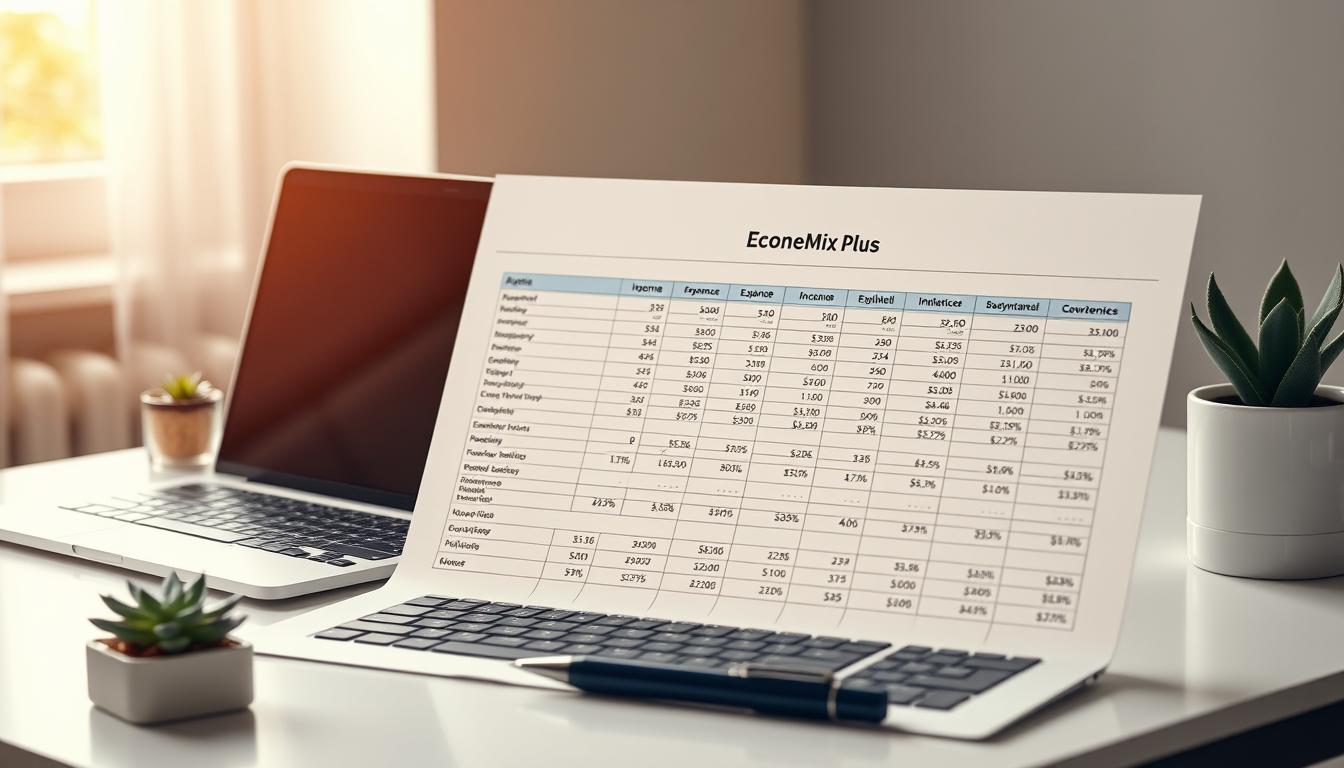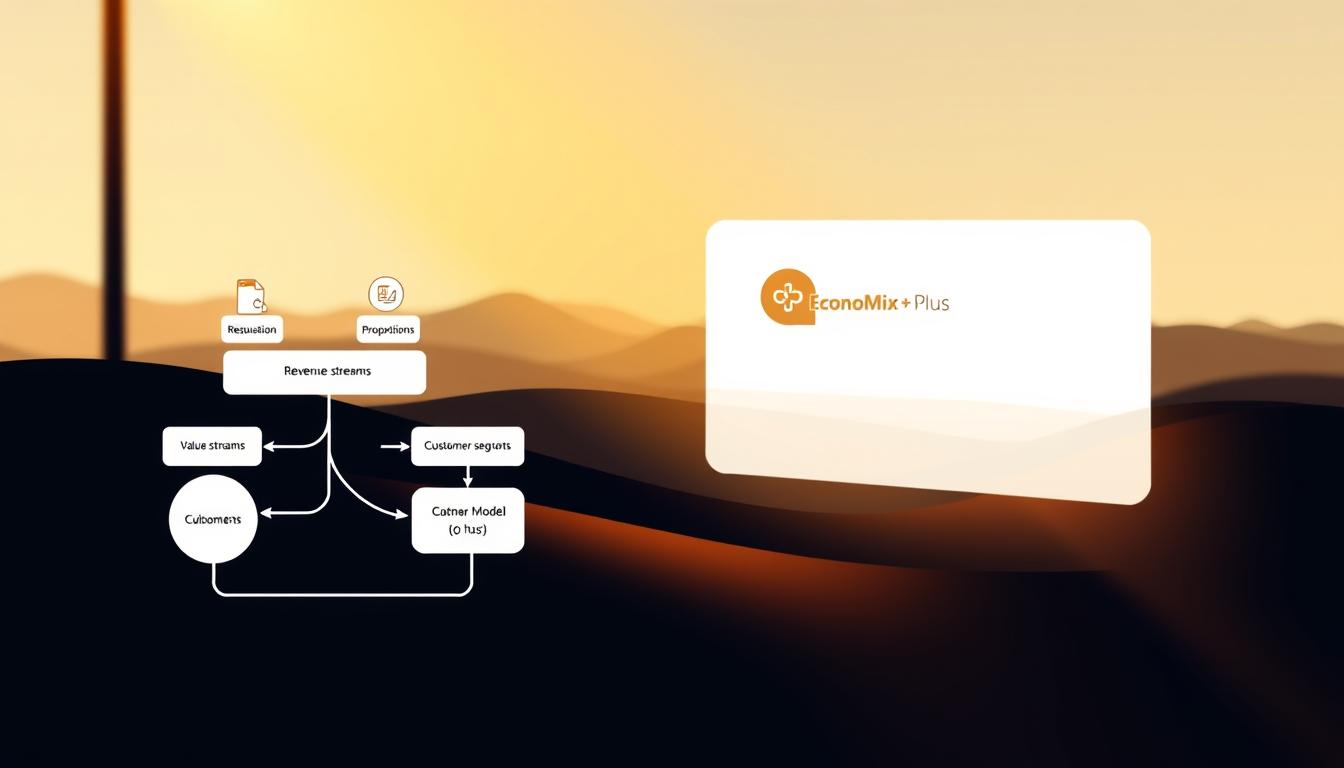In today’s digital age, making purchases is easier than ever, but this convenience can lead to overspending if not managed carefully.
With the rise of online shopping and automation, it’s crucial to understand why you might be spending more than you can afford and identify strategies to take control of your finances.
By understanding the psychological and practical aspects of your spending habits, you can make informed decisions that help you save money and achieve your financial goals.
Key Takeaways
- Understand the psychological reasons behind your spending habits.
- Learn practical strategies to reduce unnecessary expenses.
- Discover ways to develop healthier financial habits.
- Find out how small changes can lead to significant financial improvements.
- Explore sustainable approaches to saving money.
Understanding the Psychology Behind Overspending
The tendency to overspend is often driven by underlying emotional and social pressures. To manage your spending habits effectively, it’s essential to understand the psychological factors at play.
Common Reasons People Spend Too Much
Many individuals struggle with overspending due to various factors, including social pressure to ‘keep up’ with friends or family, lifestyle creep when income increases, and emotional spending or retail therapy. Impulse purchases influenced by social media and credit misconceptions also play a significant role. Often, people spend money impulsively based on their emotional state or current life circumstances.
Identifying Your Personal Spending Triggers
To curb unnecessary spending, it’s crucial to identify your personal triggers. Examine patterns in your past purchases and the emotional states that typically precede them. Understanding the difference between wants and needs is also vital, as our brains often confuse the two. By recognizing your triggers and being mindful of your spending habits, you can make more informed decisions about your money and improve your financial stability over time.
Assessing Your Current Financial Situation
Taking a close look at your current financial situation can help you identify areas for improvement. To do this effectively, you need to understand where your money is going. This involves tracking every expense, no matter how small, to get a clear picture of your spending habits.
Tracking All Your Expenses
To track your expenses, start by reviewing your bank and credit card statements over the past month or two. You can use free online apps like Rocket Money to automate this process by connecting to your accounts. This will give you a comprehensive view of your spending patterns, including any recurring payments and one-time expenses.
Categorizing Essential vs. Non-Essential Spending
Once you have a record of your expenses, categorize them into essential and non-essential spending. Essentials include rent, utilities, groceries, and other necessary expenses. Non-essentials, on the other hand, include dining out, entertainment, and luxury items. By categorizing your spending, you can identify areas where you can cut back without significantly impacting your quality of life.
| Category | Essential Spending | Non-Essential Spending |
|---|---|---|
| Housing | Rent/Mortgage | Home Decor |
| Food | Groceries | Dining Out |
| Transportation | Fuel, Maintenance | Travel |
By analyzing your spending categories, you can make informed decisions about how to allocate your money more effectively. This process helps in identifying “spending leaks”—small, recurring expenses that add up over time. Being honest about your spending habits is crucial during this assessment phase.
Creating a Realistic Budget That Works
To take control of your financial future, you need a budget that is both realistic and flexible. This means creating a plan that accounts for your income, expenses, and savings goals. A well-crafted budget helps you make conscious financial decisions, ensuring you’re making the most of your money.
The 50/30/20 Budgeting Method
One popular approach to budgeting is the 50/30/20 rule. This method suggests allocating 50% of your net income towards necessary expenses like housing and utilities, 30% towards discretionary spending, and 20% towards savings and debt repayment. This simple yet effective framework can help you prioritize your financial obligations and goals.
- 50% for necessary expenses (housing, utilities, groceries)
- 30% for discretionary spending (entertainment, hobbies)
- 20% for savings and debt repayment
Tools and Apps for Effective Budgeting
In today’s digital age, numerous budgeting tools and apps can simplify the process of managing your finances. These tools can help track your expenses, categorize your spending, and set reminders for bill payments. Some popular options include:
- Mint
- You Need a Budget (YNAB)
- Personal Capital
By leveraging these tools, you can gain a clearer picture of your financial situation and make informed decisions about your money. For more information on how regular saving can impact your financial future, visit Economix Plus.

Practical Strategies to Avoid Overspending and Boost Your Savings
By implementing a few simple yet powerful techniques, you can significantly reduce your spending and increase your savings. These strategies are designed to help you develop healthier financial habits and make more mindful purchasing decisions.
Implementing the 48-Hour Rule for Purchases
The 48-hour rule is a straightforward yet effective way to curb impulse buying. When you’re about to make a non-essential purchase, wait 48 hours before taking action. This delay allows you to assess whether the item is something you truly need or if the desire to buy was driven by emotion.

Removing Autofill Payment Options
Having your credit card information saved on your browser or device can make it too easy to make impulse purchases. By removing autofill payment options, you create a barrier between your desire to buy and the actual purchase, giving you time to reconsider.
Shopping With a Purpose, Not on Impulse
Shopping with intention is key to avoiding unnecessary expenses. Before you go shopping, create a detailed list of what you need to save money and stick to it. This approach helps you avoid browsing and reduces the likelihood of making impulse buys, ultimately helping you to spend money more wisely.
By adopting these strategies, you’ll be better equipped to manage your money and achieve your financial goals. With consistent practice, you’ll develop habits that lead to significant savings over time.
Developing Mindful Spending Habits
Cultivating mindful spending habits is essential to breaking the cycle of overspending and building a more secure financial future. By being more aware of your spending, you can make conscious decisions that align with your financial goals.

Questions to Ask Before Making a Purchase
Before buying something non-essential, ask yourself a series of questions to determine if the purchase is truly worth it. Have you thought about buying this item for at least two weeks? Does it solve a genuine problem in your life? Will you still be using it a year from now? Knowing where you’ll store the item or whether you could borrow or rent it instead can also influence your decision.
Calculating the True Cost of Items
Another effective strategy is to calculate the “work hour cost” of an item by dividing its price by your hourly wage. This gives you a tangible understanding of what things really cost in terms of your life energy. For instance, if you earn $25 per hour and an item costs $100, it would take you 4 hours of work to pay for it. This perspective can help you make more informed purchasing decisions.
By implementing these mindful spending practices, you can develop a healthier relationship with money and make progress towards your savings goals.
Setting Meaningful Financial Goals
Financial goals give you direction and motivation to save rather than spend. By setting clear objectives, you can make informed decisions about your money and create a roadmap to achieve financial stability.
To start, it’s essential to differentiate between short-term and long-term savings goals. Short-term goals are those you aim to achieve within one to three years, such as building an emergency fund to cover three to nine months of living expenses, planning a vacation, or saving for a down payment on a car. On the other hand, long-term goals are those that take four or more years to accomplish, like saving for a down payment on a home, funding your child’s education, or planning for retirement.
Defining Short-Term vs. Long-Term Savings Goals
Understanding the distinction between short-term and long-term goals helps you prioritize your financial objectives. To make your goals more effective, ensure they are SMART: Specific, Measurable, Achievable, Relevant, and Time-bound. For instance, instead of saying “I want to save money,” say “I will save $10,000 for a down payment on a house within the next two years.”
- Identify your financial goals and categorize them as short-term or long-term.
- Estimate the amount needed for each goal and the timeframe for achieving it.
- Prioritize your goals based on importance and urgency.
Creating an If/Then Plan to Overcome Obstacles
An if/then plan is a proactive strategy to help you stay on track with your savings goals. It involves anticipating potential obstacles and planning specific actions to overcome them. For example, “If I receive a tax refund, then I will allocate it towards my emergency fund.” This approach helps you prepare for challenges and make consistent progress towards your financial objectives.
By setting meaningful financial goals and creating a plan to achieve them, you can make significant progress in your savings journey. Regularly reviewing and adjusting your goals will help you stay motivated and focused on your financial success.
Automating Your Savings Strategy
Automating your savings can be a game-changer in your financial journey. By making savings automatic, you remove the need for constant decision-making, making it easier to stick to your financial goals. Almost all banks offer automated transfers between your checking and savings accounts, allowing you to choose when, how much, and where to transfer money.
Setting Up Automatic Transfers
To start automating your savings, set up automatic transfers from your checking to your savings account. You can decide on the frequency and amount that works best for you, whether it’s daily, weekly, or monthly. For instance, you could transfer a fixed amount, like $50, into your savings every month. This consistent approach helps build your savings over time without requiring much thought.
Using Split Direct Deposits
Another effective method is using split direct deposits. You can allocate a portion of your income directly into your savings account with each paycheck. This way, you pay yourself first before you have the chance to spend it. To set this up, simply log in to your employee account, update your ‘Direct Deposit’ options under ‘Paychecks,’ and specify the amount you want to divert to savings.
For more information on automatic savings, you can visit CNET’s guide on automatic savings. Automating your savings not only reduces decision fatigue but also eliminates the temptation to spend money meant for savings. By leveraging these strategies, you can make steady progress toward your financial goals.
- Automate your savings to make it a default behavior.
- Use split direct deposits to save a portion of your income.
- Regularly review and adjust your automated savings plan.
Fun Challenges to Accelerate Your Savings
Accelerating your savings doesn’t have to be boring; there are several fun challenges you can try. These challenges turn saving money into a game, making it more engaging and helping you stay motivated over the long term.
The 52-Week Money Challenge
The 52-Week Money Challenge is a popular savings plan where you save an amount equal to the number of the week. For example, in week one, you save $1, in week two, $2, and so on until week 52, where you save $52. By the end of the year, you’ll have saved $1,378. This challenge helps you develop a consistent savings habit and can be a significant step towards building your emergency fund.
No-Spend Challenges
No-Spend Challenges involve abstaining from non-essential spending for a set period, such as a weekend, week, or month. At the end of the challenge, you can put the money you didn’t spend towards your savings. This challenge helps reset your spending habits and can be a great way to save money quickly.
Creative Ways to Make Saving Enjoyable
There are many creative ways to make saving enjoyable, such as the Weather Wednesday Challenge, where you save an amount equal to the day’s high temperature on Wednesdays. You can also involve friends or family in savings challenges, creating a fun and competitive atmosphere. These challenges make saving a fun experience and help you stay committed to your financial goals.
Conclusion: Building Long-Term Financial Security
Achieving long-term financial security is a marathon that involves consistent effort and strategic planning. By implementing the strategies discussed, such as creating a realistic budget and automating your savings, you can make significant progress. It’s crucial to strike a balance between saving and spending, avoiding both excessive frugality and overspending.
Periodically reviewing and adjusting your financial strategies as your life circumstances evolve is key to maintaining momentum. Celebrate your financial wins, no matter how small, to stay motivated. When faced with setbacks, focus on resilience rather than abandoning your plan. By taking control of your spending and saving, you’ll not only improve your financial situation but also reduce stress and increase overall life satisfaction. With time, your savings will grow, and you’ll be better equipped to manage debt and make the most of your income, ultimately securing a more stable financial future.














